Contour maps, Mapbox and (Q)GIS
4 September 2019 3:05pm
Instant Detect 2.0 emerges
 Sam Seccombe
Sam Seccombe
3 September 2019 12:00am
Aerial Seeding with drones: reforestation Workshop in Brazil next November
2 September 2019 4:51pm
Camera Trap Technology Symposium (Recordings): Bringing Developers and Users Together
2 September 2019 12:00am
2020 Call for CLP Conservation Award funding applications
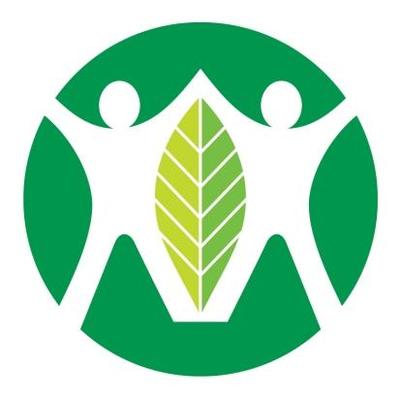 Conservation Leadership Programme
Conservation Leadership Programme
30 August 2019 12:00am
The future of conservation tech: 5 key discussions
22 August 2019 5:31pm
27 August 2019 12:47pm
Who, who, who?
Steph! Steph! Steph!
27 August 2019 12:51pm
Ha! Not likely. I suspect this might be a little beyond just one person. But I will do my bit to pull the threads together and nudge things along..
27 August 2019 9:24pm
Hi Steph - as a career technologist now looking to see how I can engage my skills and experience in the world of conservation technology, this is pretty interesting review of the state of play right now.
All organisations (commercial, government, not-for-profits, military and other services ) struggle with the question of how and when to deploy technology as part of their overall systems of operation and how then to ensure that they reap the expected benefits. It's not simple, there is rarely if ever a perfect solution of any scope and longevity but of course many organisations do garner very significant beneifts from the efficient use of mainstream technologies and the innovative use of unusual or emerging technologies.
A few quick remarks spring to mind from your notes:
1) The Gartner hype cycle - it's a pretty useful visualisation (much of the latter part of my career was spent trying to guide technologies targeted at large enterprises from the "early adopter" to the "mainstream" stages) and most useful for helping a tech user to decide what kind of user they should be in their current context and where the technologies that are coming under consideration fall on that cycle of maturity. A mismatch ? Then take care ...
2) Conservation tech is not a washing machine - well that depends. I imagine there are a number of different techs and projects and the "washing machine" status will vary. If you know that the tech you NEED to meet your project aims is unproven, don't expect a washing machine level of ease of use ! If you think you're deploying a mainstream tech, then DO expect a "washing machine". As an example, if you buy and deploy a simple camera trap, you expect a good manual (albeit developed for the manufacturer's target market, which may be hunters in the USA) and you expect the device to operate in accordance with the manual. If you're deploying a set of networked sensors that will use AI in real time to detect and interact with animals in the environment - don't expect a smooth ride. In fact in this latter case, proving the technology may be one of the objectives of the study, whereas in the former, the data being collected was the required resource for the study objectives.
3) System engineering and enterprise architecture are the two disciplines that organisation use to try to get their whole tech strategy and execution to work to meet their goals. Done well, it means that the business goals are identified and understood and the allocation of tasks between people and different techs is optimally made for performance and cost effectiveness. It's how to ensure a well balanced overall system and process approach. It's an area that been studied and there are methods for implementing this discipline. In fact, if I then add there are many, many methods for implementation, you may realise that it's a problem that's easily stated and less easily solved, but still is generally better that having a splash on the latest shiny tech and hoping for the best.
4) There will be trends, experiences and best practices that can be shared, but naturally these emerge as technologies mature - nobody knows best practice the first time and innovators will also necessarily face unique challenges. However defining some ontologies or frameworks to help record and structure experiences may very well be worthwhile
Andy
data collection on mobile app
27 August 2019 4:05pm
27 August 2019 5:09pm
Hi Fabian,
In the interest of helping you get some useful feedback - did you have some more specific questions you wanted answered?
You might also want to have a look at this thread - Mobile App Comparison Table - as it might have some useful info about what people are looking for, particularly what they've listed under the pros/cons comparision of different mobile apps.
Steph
27 August 2019 7:46pm
Hi Stephanie,
Thanks for the link I hadn't seen it. It's very usefull.
i realise I have listed a list of points without specific questions, here are a few:
Do people face difficulties in onboarding users ? What are the reasons for people doing observations in the field for not installing an app ?
We face in the education sector a problem of computer/smartphone literacy that requires the application interface to be very simple. Is this also the case in conservation projects ? Any suggestions to solve this ? Examples ?
Does incentivizing data collectors (users) make a difference in the onboarding process ? Quality of data ? Number of users ?
that's a few to start :)
Thanks
Tips to create a reforestation platform.
25 August 2019 11:37pm
Calling all makers, hackers and tinkerers
23 August 2019 7:33pm
Trade of body parts
23 August 2019 12:16am
[ARCHIVE] Promises and Pitfalls of Conservation Drones webinar (June 6)
3 June 2019 11:37am
22 August 2019 5:14pm
Is the webinar recorded and uploaded somewhere?
22 August 2019 5:24pm
It is indeed. You can watch it here:
https://consbio.org/products/webinars/scgis-webinar-promises-and-pitfalls-conservation-drones
I'll also see if we can add it to our resources area for ease of access. Leave it with me.
Which NGOs are keeping detailed track of the forest-product supply chain?
11 July 2019 8:21pm
22 August 2019 5:06pm
Hi Liev,
I'm not an expert on this stuff, but from the sound of it, your answer will depend on what you're looking to focus on.
By 'illegal', do you mean 'obtained a contract through corrupt means', 'failing to adhere to an existing contract in terms of engagement with a community' or 'linked to human rights allegations in terms of treating workers'?
By 'unsustainable', do you mean 'responsible for polluting the local area', 'involved in activities like palm oil production that might be globally unsustainable', or 'failing to provide employment opportunities to local residents'?
Or is the answer 'all of the above'?
I've added a few tools below that I've come across, all of which have a lot of information about various aspects of the questions you mentioned. Hope it helps!
- https://ejatlas.org/
- https://landmatrix.org/
- https://resourcecontracts.org/ and https://resourceprojects.org/
- https://openlandcontracts.org/
- https://opendevelopmentmekong.net/search/data/
- https://rspo.org/certification/search-for-certified-growers
- https://open.sourcemap.com/
Tech In the Wild: Where technology meets conservation
 Fauna & Flora
Fauna & Flora
22 August 2019 12:00am
ESA Kickstarter: Environmental Crimes
 European Space Agency
European Space Agency
22 August 2019 12:00am
CW Unplugged: Tech for Water
 Cambridge Wireless
Cambridge Wireless
22 August 2019 12:00am
Audio analysis of flocks or swarms
1 July 2019 3:57pm
9 July 2019 1:00am
Hi Andrew,
I'm not a signals guy I'm afraid, but I was thinking perhaps one way might be to estimate the physical size of the flock/swarm by scanning with a microphone array.
BTW do you find it a problem if an individual happens to be too close and drowns out the rest? In part it's a question of dynamic range but also of sensor placement.
Thanks,
-harold
21 August 2019 3:38pm
So far we have been able to disambiguate between the flocks of two different species of small birds? Not easy. Our problem seems to be based around the fact that some or all flocks of small birds cheeping sound pretty similar? Of course the issue is: at what point is asynchronous sound aggregation just noise?
With regards to individual sounds, we are not interested in individuals at the moment so have not tested for it. I suspect however that in the interests of completeness we will be?
More anon,
Andrew.
Raspberry Pi Hardware Mono Mic Problem
4 June 2019 3:47pm
24 July 2019 5:26pm
We've had good results with two mono inputs accepted via the stereo 1/4" input jack on the Pisound HAT on a 3B+ and just about to test with the 4. Details and links to Pisound folks in Lithuania here -- http://www.orcasound.net/2018/04/27/orcasounds-new-live-audio-solution-from-hydrophone-to-headphone-with-a-raspberry-pi-computer-and-hls-dash-streaming-software/
26 July 2019 9:50pm
Hey Scott,
Thanks for the advice, it is greatly appreciated. That's a very interesting project as well! I will have a read through it all in detail.
Sam
21 August 2019 3:22pm
Hi Sam,
have you tried the Clippy EM172 ? I was looking at this microphone on Raspberry Pi + PiSound, but it has an electret capsule and should then be powered...
Thank you !
ICCB 2019: 5 Key Discussions about the Future of Conservation Tech
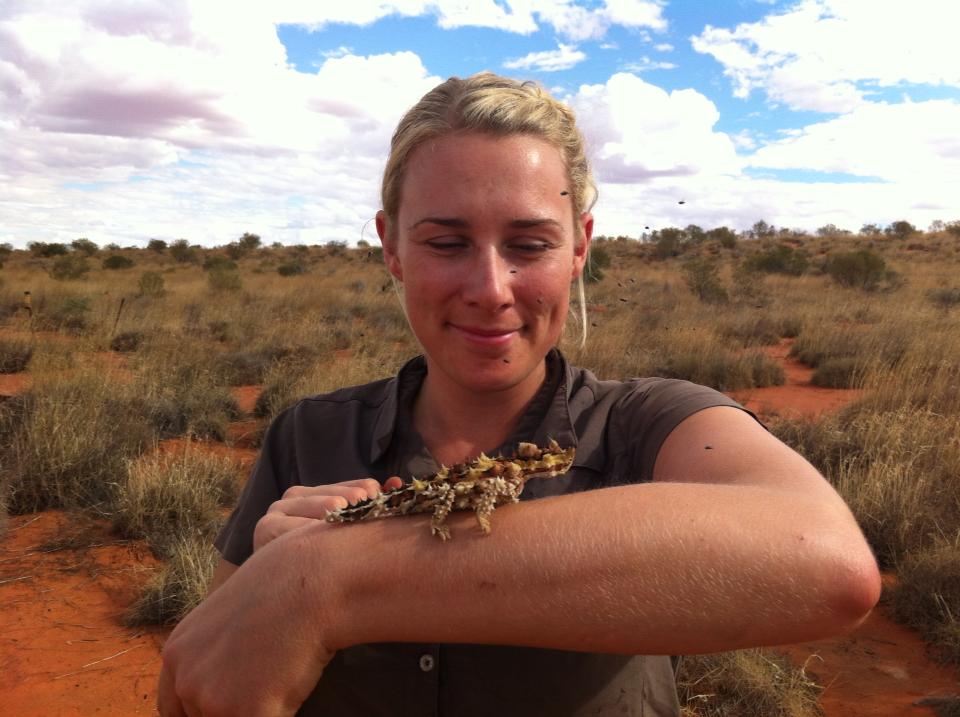 Stephanie O'Donnell
Stephanie O'Donnell
21 August 2019 12:00am
Breaking Bio: A Youtube Platform for Promotion of Diversity in Conservation and Youth Empowerment
20 August 2019 4:45pm
Are you working on an open-source project? Tell us about it + link to your github repository
11 March 2019 4:51pm
9 April 2019 2:03pm
Hi Everyone,
Unfortunately this is a bit last minute before the virtual meetup, but I've been working with drones on various wildlife conservation projects since 2013. I've uploaded a sample of some of my work to github here: Christmas Island (2015)
I'm interested in contributing to the hardware development of open source collars, tags, sensors, and camera traps. I'm hoping through collaboration, we can establish a common platform to reduce the cost, effort, and skills necessary to collect data essential for conservation efforts.
11 April 2019 1:55pm
Hello everyone,
I work with a number of camera trapping projects (primarily in Africa, but some North American imagery) which we host on Zooniverse, and we rely on a combination of citizen science and machine learning to process our images. Our project has code available online to assist with automatically identifying animals in camera trap images by training and applying a deep neural network. You can access that information https://github.com/marco-willi/camera-trap-classifier !
16 August 2019 8:54pm
Hello,
Ours is the SensorStation: https://github.com/cellular-tracking-technologies/SensorStation/
It is a multi-channel radio receiver based on Raspberry Pi for a variety of wildlife tags and sensors. It can store data locally, and optionally, transmit it over cellular, WiFi or ethernet connections to the cloud. It supports all sorts of RF technologies, such as FSK or LoRa, from 142MHz to 1000MHz as well as 2.4GHz. It has quite a few USB ports, so it can support SDR as well (which some people have been doing). It also accepts a variety of I2C accessories, such as environmental sensors.
One of the challenges with open hardware development is ultimately making your idea a reality beyond the prototype stage. With it comes production costs, sales, fulfillment, and customer support -- and ultimately running some sort of business.
I think it is important to find a commercial partner to take on this role.
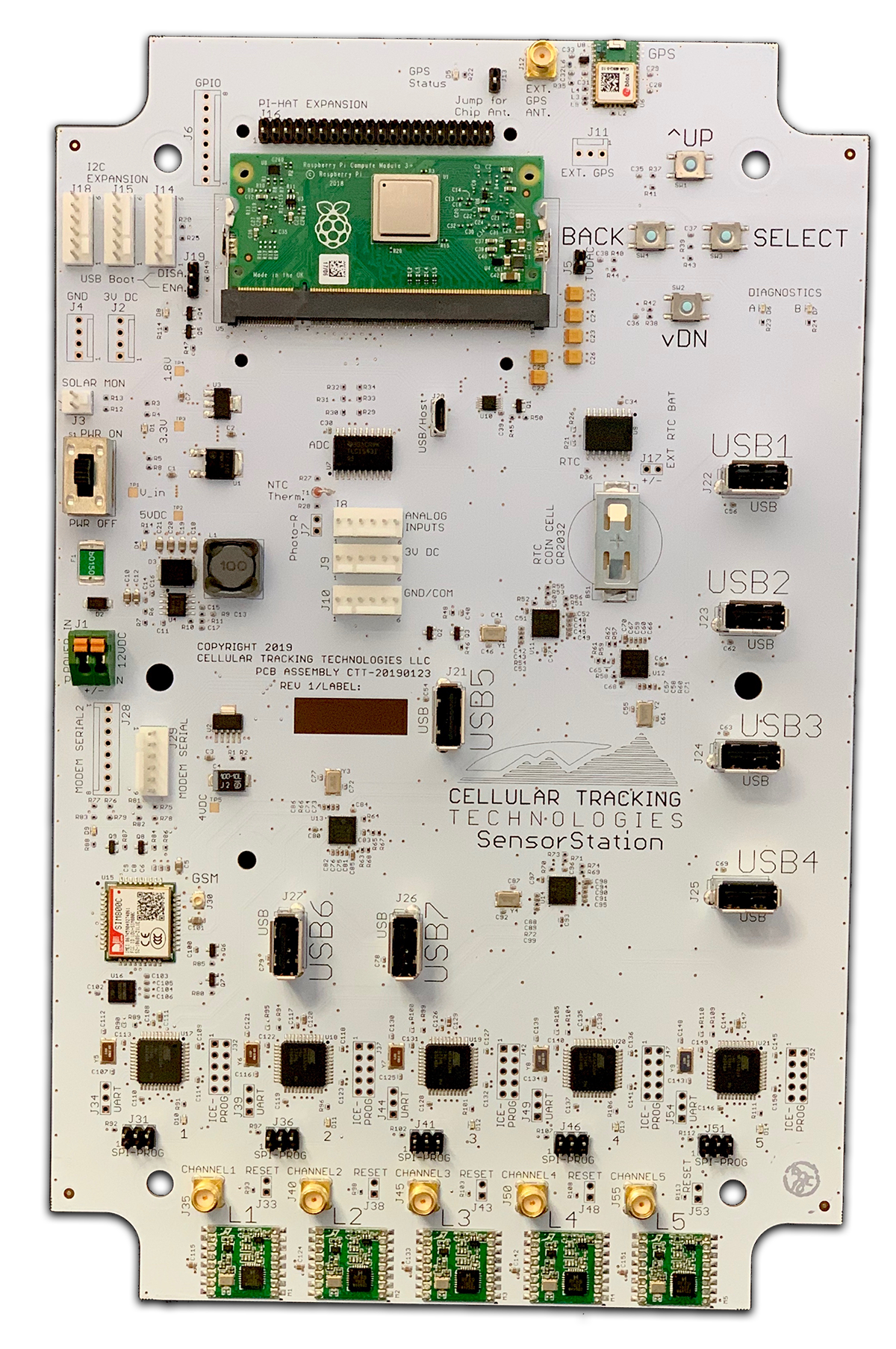
Workshop: Drones in the Coastal Zone
 SECOORA
SECOORA
13 August 2019 12:00am
Tender: Extreme Citizen Science Group (ExCiteS) Technology Partner
 UCL
UCL
12 August 2019 12:00am
Apply to the Women Conservationists Leadership Workshop
12 August 2019 12:00am
Webinar: New technologies to revolutionize sustainable fishing in the digital age: EDF’s Smart Boat Initiative
 Environmental Defense Fund
Environmental Defense Fund
12 August 2019 12:00am
Conservation biologists find new applications for AI tools
5 August 2019 2:57pm
What lessons have you learnt along the way when developing apps or software for conservation?
21 June 2017 5:57pm
20 October 2017 6:58am
I agree re: Venture Studio model. I feel like the ideal situation is where the studio team has at least one or two products already underway and out in the market, rather than starting with the consulting work to bootstrap the products. I'm in the latter situation at the moment, and turning down work is really hard.
I think there's the possibility for a situation where an anchor client who is aligned with a product vision is able to provide a core early chunk of seed funding in exchange for lifetime use (or guaranteed 5 years for example) of a product. That's a model I'm really excited about to get the $10-20k that you'd need to get to a proof of concept.
24 July 2018 1:26am
Great lessons around stakeholder engagement and project management in this article. Users and developers alike are key to your project. User requirements gathering can provide a lot of insight if done well but it can be hard to prioritise the magic that some users want versus what can be practically achieved by a developer with your time and budget constraints. Find advice from a good project manager or business analyst if you can to help with technical language and project design barriers. Definitely agree with the above comments on getting your developers engaged with your users where possible.
Field based users often want to spend as little time as possible with technology. You need to use their time wisely to capture their requirements. Make sure they feel listened to. You can never please them all but hopefully you can focus in on critical users and key priorities and they will bring the others along.
31 July 2019 8:49am
Lots of good ideas and advice from everyone.
Time/money/quality/speed/etc tradeoffs, as always. Start with your minimum viable product, get it out there (at least to your initial target users - early adopters/enthusiasts), and iteratively improve, if poss. Don't go for the Big Bang approach where everything is "perfect", because it won't be. Users expect a lot from apps - there are incredibly well-resourced companies putting out incredible apps for free - and users almost always expect more. So... if there's an existing app (like iNaturalist/eBird/...) that can do the job for you, use it, or work with them to adapt.
Additionally, mobile phone hardware/software upgrades can often result in app issues/upgrades being necessary, so plan on maintenance costs as well as enhancements along the way, as others have said. Particularly when targetting both major platforms (use a cross-platform dev tool!).
If you're lucky enough to have a volunteer development team, treat/reward them as well as possible, to keep the system going. Whether that's with money or publication co-authorship or beer, find a way.
Could probably comment more but should probably write a paper...!
Discussion: 5 Ways To Advance Conservation Entrepreneurship
29 July 2019 6:42pm
29 July 2019 7:15pm
I'll start.
My current thinking is that social-change is impractical to achieve directly. I think that ultimately, we cannot start by depending on human altruism and changing view points because economic issues such as poverty are too prevalent, especially where lots of habitat destruction occurs (Brasil gold mining, illegal logging, unsustainable palm oil farming). Economic incentive must be the primary driver. People must be able to make more money using sustainable approaches than they do with the unsustainable. For that, the sustainable approaches must be more efficient or serve a larger market. I'm not set in this thinking by any means, but it seems to me be a strong viewpoint. It's pure business.
That said, I think conservation efforts should be focused on doing that business development worldwide and one place for biologists would be in ensuring that the production being done is actually sustianable. The kinds of business development might be "clean gold", another example is the Brasil nuts that are produced by an indigenous forest community. How many more businesses like Brasil nuts can we produce? Can we make sustainable wood cheaper/better than unsustainable?
I think the most important issue to address is "How do we choke unsustainable supply chains?"
Conservation and Technology Conference
 Bat Conservation Trust
Bat Conservation Trust
29 July 2019 12:00am
Automated Identification of Indonesian Rhinos
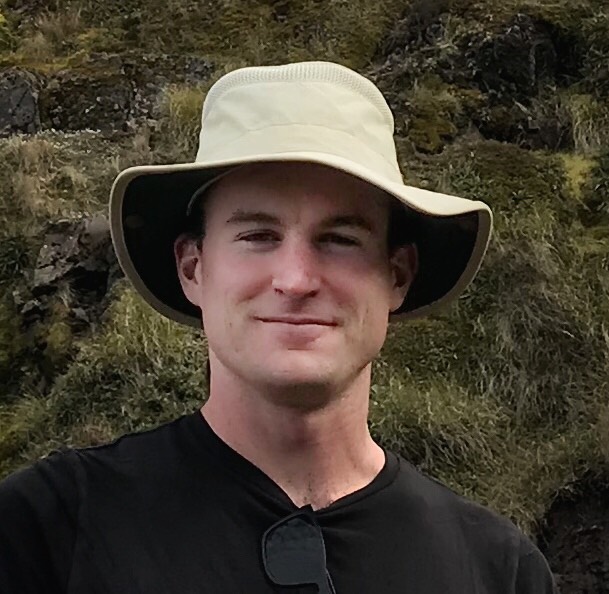 Cooper Oelrichs
Cooper Oelrichs
27 July 2019 12:00am
New technology trialled to better monitor human-gorilla conflict in Uganda
23 July 2019 12:00am


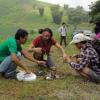











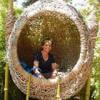

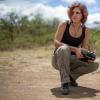


16 November 2023 1:11am